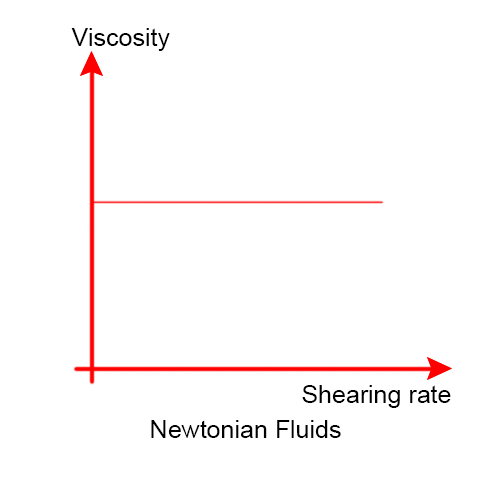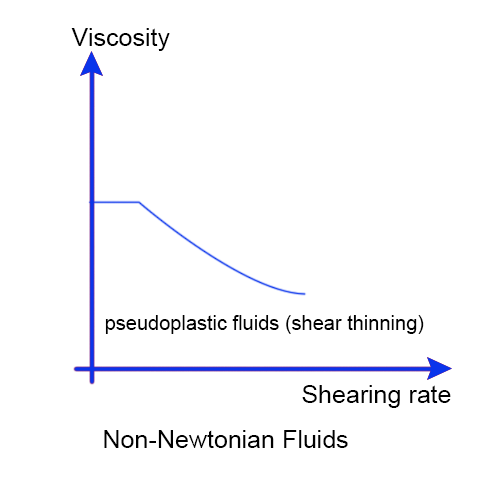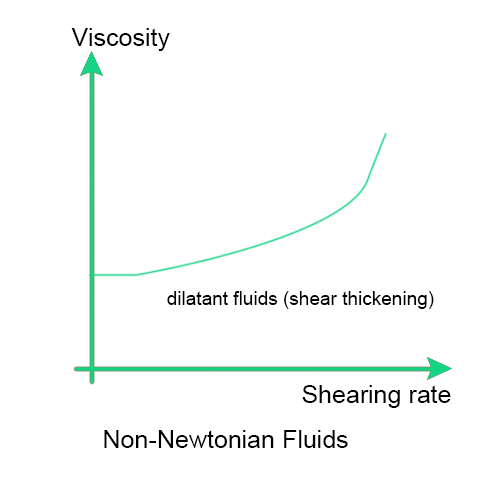What is rheology modifier agent
A rheology modifier agent, also known as a rheology control agent or thickener, is a substance added to a liquid or a mixture to alter its flow properties or viscosity. These agents are used in various applications, including paints, coatings, inks, cosmetics, personal care products, and food products, to achieve desired consistency, stability, and performance.
Rheology modifiers, in coating systems, have a unique stable structure that can protect dispersed pigment particles, help form thixotropic coatings, assist in sag control, maintain excellent leveling properties, and prevent pigment settling.
Basic concepts of rheology
An ideal solid, when subjected to an external force, deforms and then returns to its original state when the force is removed. An ideal fluid (including liquids and gases) deforms when subjected to an external force, but cannot return to its original state when the force is removed.
Most liquids exhibit flow properties that lie between those of liquids and solids, being more or less elastic and viscous. This property is called “viscoelasticity,” and coatings are an example of this.
There are three key elements in rheology: shear stress, shear rate, and viscosity. Shear stress: The force acting on the unit area of the object in the direction of the tangent. Shear rate: The rate at which the fluid’s velocity changes relative to the radius of the circular flow channel. Viscosity: The ratio of shear stress to shear rate, known as absolute viscosity η.
Main Types of Fluids

In coatings, it is desired to form a thixotropic non-Newtonian fluid: the viscosity decreases with increasing shear rate and then gradually recovers when the external force is removed. By adding rheology modifiers to the coating system to form a thixotropic structure, the coating can have a lower viscosity at high shear rates during application, which is beneficial for flow and ease of application. At low shear rates before and after application, the coating has a higher viscosity, which prevents sagging.
As shown in the figure, the rheology modifiers used in paint systems have various chemical structures and operating principles, but their basic mode of action is similar. They all form a network structure in the system, providing high viscosity during the storage process under low shear forces. Once sufficient external shear forces are applied, the micro-network structure is disrupted, and the viscosity quickly decreases, providing the low viscosity needed during construction.
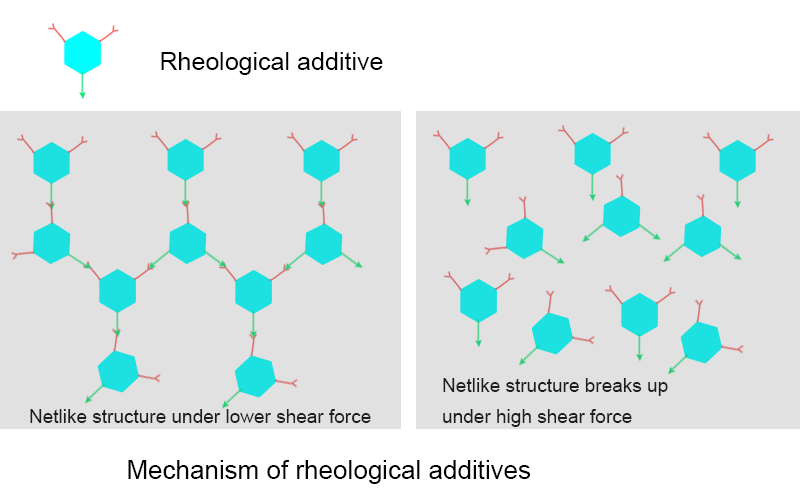
The substances used as rheology modifiers mostly work by being dispersed in the paint system and using the intermolecular or interparticle forces between their molecules or particles (usually electrostatic forces or hydrogen bonds) to form the necessary network structure. The first rheology modifiers used on a large scale in industry were organic bentonites, which are bentonites pre-dispersed with organic quaternary ammonium salts. Organic bentonite is a flake-like material, and when it is dispersed into the paint system, the hydroxyl groups and some charged groups remaining on the edge of its flake-like structure interact to form a surrounding network structure, providing the system with sufficient rheology to meet its use requirements. However, because rheology modifiers of the bentonite type are incompatible and affect the gloss of the coating, and require pre-activation, in recent years, new types of rheology modifiers have been continuously developed and widely applied.
For example, to overcome the problem of bentonite-type rheology modifiers affecting gloss, rheology modifiers of the polyamide wax and oxidized polyethylene wax type have been developed and widely used. The operating principle of the polyamide wax-type rheology modifier is to obtain a certain rod-like structure of micro-particles by activating it (i.e., heating and insulating) and using the hydrogen bonding of the hydroxyl group in its structure to form a connected network structure.
Polyamide wax-type rheology modifiers have two forms of use: one is in micro-powder form, and the other is pre-made into a certain concentration of wax slurry. Micro-powder form requires pre-activation before use, while wax slurry is more convenient to use and add. Oxidized polyethylene wax is generally made into wax slurry. In DCA’s additive products, DCA-9141 is in micro-powder form, DCA-9130 is pre-dispersed polyamide wax slurry, and DCA-9040 is oxidized polyethylene wax slurry.
Generally, solid or pasty rheology modifiers need to go through an activation and dispersion process, and the effect of activation and dispersion greatly affects the final use effect. In order to increase the convenience of rheology modifier use, the development of more convenient liquid rheology modifiers has always been the direction and goal of additive researchers. DCA-6110 is a liquid rheology modifier based on a polyurea structure. It is easy to add and does not require a dispersion process. After being added to the system, it will precipitate small needle-shaped crystals in the system. The strong hydrogen bonding interaction is formed between the needle-shaped crystals, providing strong thixotropy in the system.
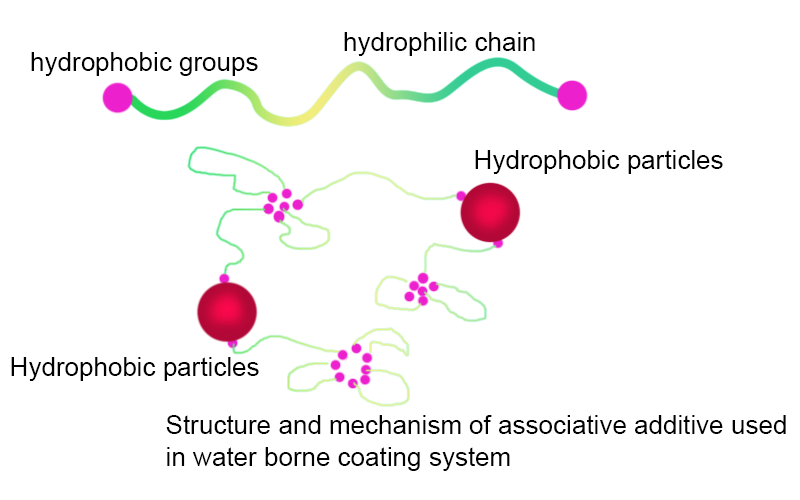
For water-based systems, because water itself is a strong hydrogen bond acceptor, rheology modifiers that form hydrogen bonds are not suitable for water-based paint systems. There is a class of associative rheology modifiers in water-based paint systems, which usually have a structure composed of hydrophilic segments and hydrophobic segments at both ends. After being added to the water-based system, the hydrophobic segments will aggregate into micelles, and these micelles will form a network structure through the mutual connection of hydrophilic segments, providing the thixotropy needed in the system. DCA-9040 is this kind of Rheology modifier.
